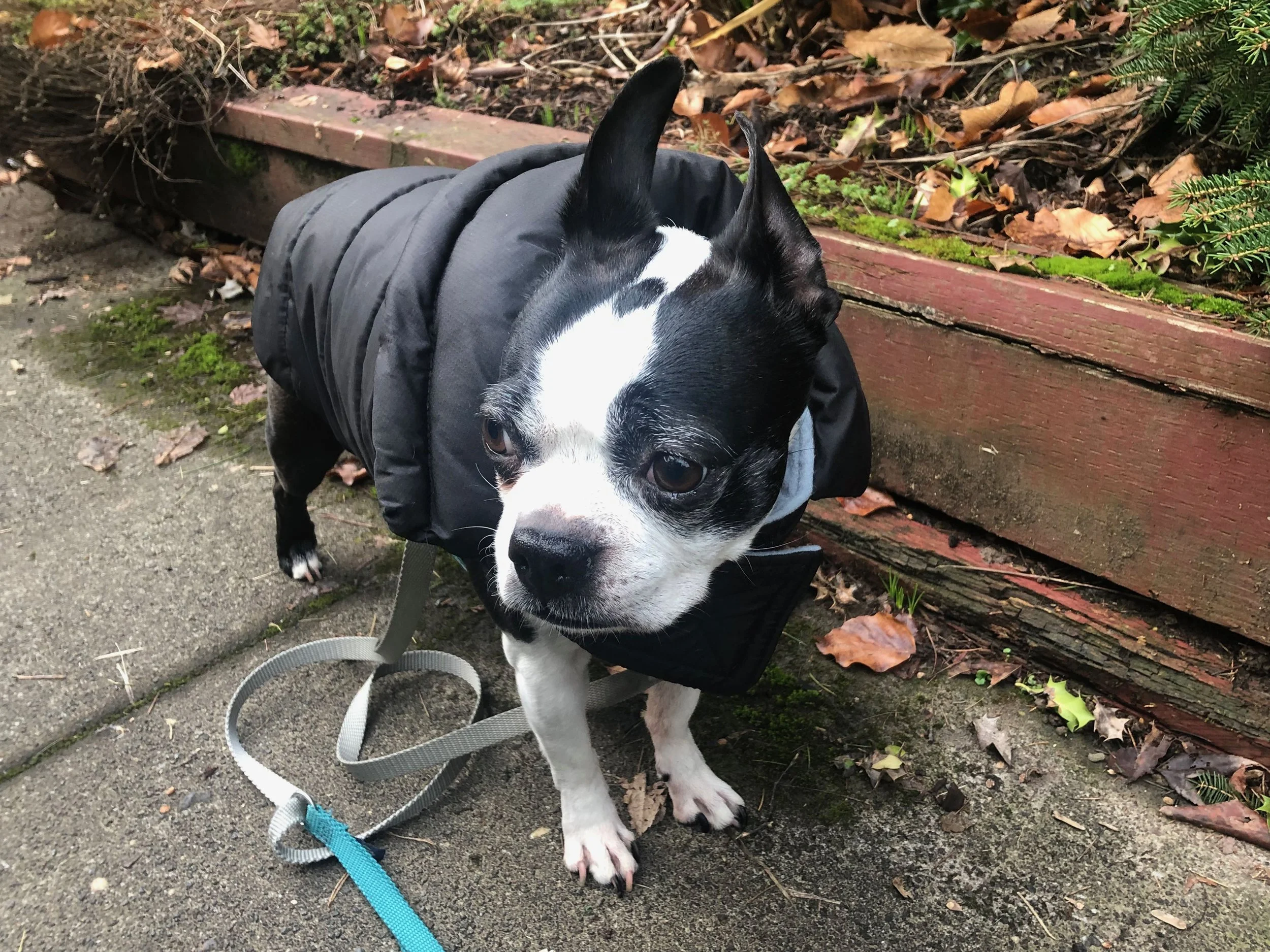This week, an arctic blast carved a horseshoe of snow, ice and bitter cold from Minnesota to Maine. Last Thursday, the low in Escourt Station, Maine, dipped to minus 25 degrees fahrenheit, enough to make an Alaskan Malamute shiver. At press time, huge swaths of the southern U.S. are gripped by a deep freeze.
Temperature thresholds pets can tolerate for more than a few minutes depend on several factors including breed, size and hair length/density. Generally speaking, small, thin and short-haired breeds may shudder in the mid-40s; sweaters or coats may be indicated at 32 degrees. At 20 degrees or so, alarming signs such as shivering, pacing, whining or listlessness may appear. Advanced signs include delirium and collapse. Puppies are especially vulnerable.
Here are some suggestions for keeping pets safe during winter:
Limit Outdoor Time. Some pet parents in rural areas or homes with yards keep their pets outdoors part of the time. But when the mercury drops, pets are at risk for frostbite and hypothermia. Check noses, ears and the webbing between toes for red, painful patches. Soak affected areas in warm (not hot) water. Ice can chap and crack paw pads (booties prevent this, but many dogs hate them!). Take four or five 10-15 minute walks. Wear reflective gear during darker winter months. Wrap short-haired pets in a cushy coat or sweater. Livestock need special care.
Damp Cloth Wipe-Down. It’s not just mud and water that pets can track in to the house. Rock salt and other chemicals used to melt snow can irritate a pet’s paw pads. A pet may then lick their feet, ingesting these toxic substances. Some chemicals can eat a car’s chrome; imagine what they can do to a pet’s insides! Make a quick sweep of the driveway or garage for anti-freeze leaks. This deadly fluid tastes sweet to animals. Antifreeze made with propylene glycol is less toxic to pets than ethylene glycol, though it still poses a risk.
Check Under the Hood. Cats and smaller animals sometimes snuggle a cooling car engine to warm winter’s chill. A knock on the hood before driving off will rouse and scare off any critters who might otherwise get injured.
Shelters for Strays. Our dogs and cats have a home to protect them from harsh elements, but stray and ferrel animals don’t. Some communities are building small, insulated shelters to give dogs and cats respite from the bitter cold and howling wind. Tuck food and water inside these mini havens, but use plastic bowls — an animal’s tongue can fuse to metal in freezing temperatures.
Belly Up to the Bar. Animals need more food and water during winter to help insulate them from bitter cold.
Become an Advocate. If you notice a pet or livestock in apparent distress, politely express concern to owners. Many assume that all animals are naturally well-insulated and are just not aware of the dangers. Some will appreciate your observations. Others may get surly and/or continue to neglect their animals. The Humane Society offers sound advice on how to handle such situations.
Municipalities have criminalized exposure of pets to extreme temperatures. In 2015, Indianapolis passed an ordinance making it illegal to keep pets outside in temperatures below 20 degrees or when the area is under wind chill advisory.
Popsicles are good when frozen — not much else.

